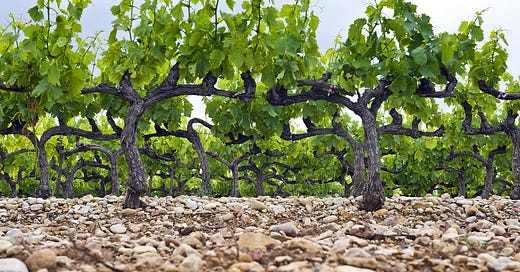In the Médoc, the finest Cabernet Sauvignon often emerges from a quartet of legendary communes—Saint-Estèphe, Pauillac, Saint-Julien, and Margaux. Each boasts centuries of winegrowing history, distinctive gravel terraces, and subtle microclimate variations that yield its own twist on power, grace, and longevity. Whether it’s Saint-Estèphe’s rugged tannins or Margaux’s floral perfume, these communes collectively define the global benchmark for Left Bank Cabernet.
Defining Traits
Shared Gravel Soils
While all four communes feature gravel over clay or limestone, slight differences in depth, stone size, and slope help shape the unique character of each terroir.Estuary Influence
Cool, steady breezes from the Gironde estuary mitigate heat, preserving a refined structure in even the boldest of Cabernets.Aging Potential
From Saint-Estèphe’s slow-to-unfold tannins to Margaux’s graceful development, these wines can reward cellaring for decades.Classification Heritage
The historic 1855 Classification covers many of these communes, reflecting a long tradition of distinguishing top vineyards and châteaux—though quality now extends beyond any single ranking system.Communal Nuances
Saint-Estèphe - Often the most robust and tannic, needing time to reveal its core of dark fruit and earthy spice.
Pauillac - Classic blackcurrant and cedar notes, with firm tannins and intense structure.
Saint-Julien - A balance between Pauillac’s density and Margaux’s elegance, frequently described as the “quintessential” Médoc style.
Margaux - Renowned for its perfume and silky mouthfeel, emphasizing finesse over raw power.
Upgrade to DailyTerroir’s premium subscription to access all our content for less than $3 a month.
Premium Subscriber Content
Terroir & Winemaking Nuances
Saint-Estèphe
Keep reading with a 7-day free trial
Subscribe to Daily Terroir: Exploring Wine Regions One Day at a Time to keep reading this post and get 7 days of free access to the full post archives.





